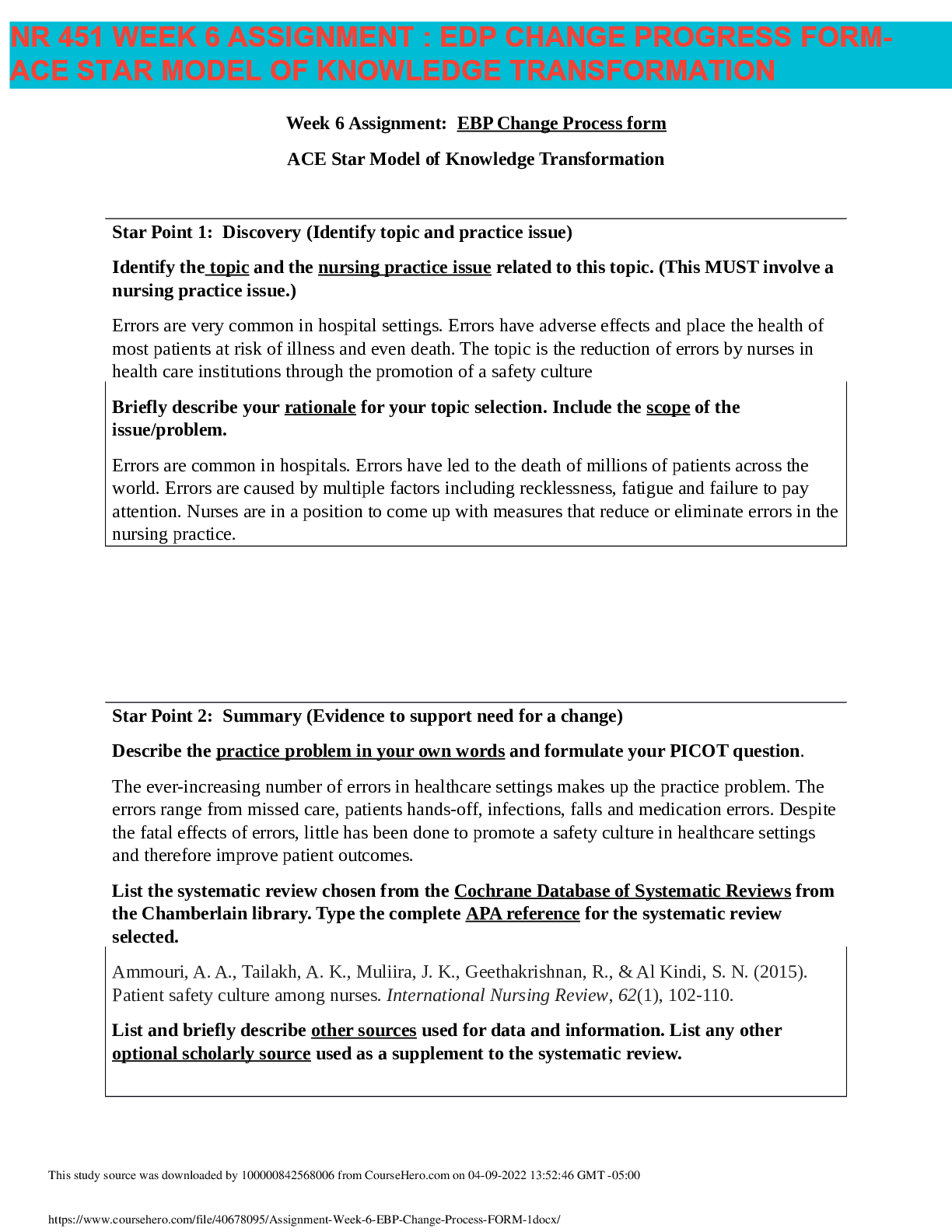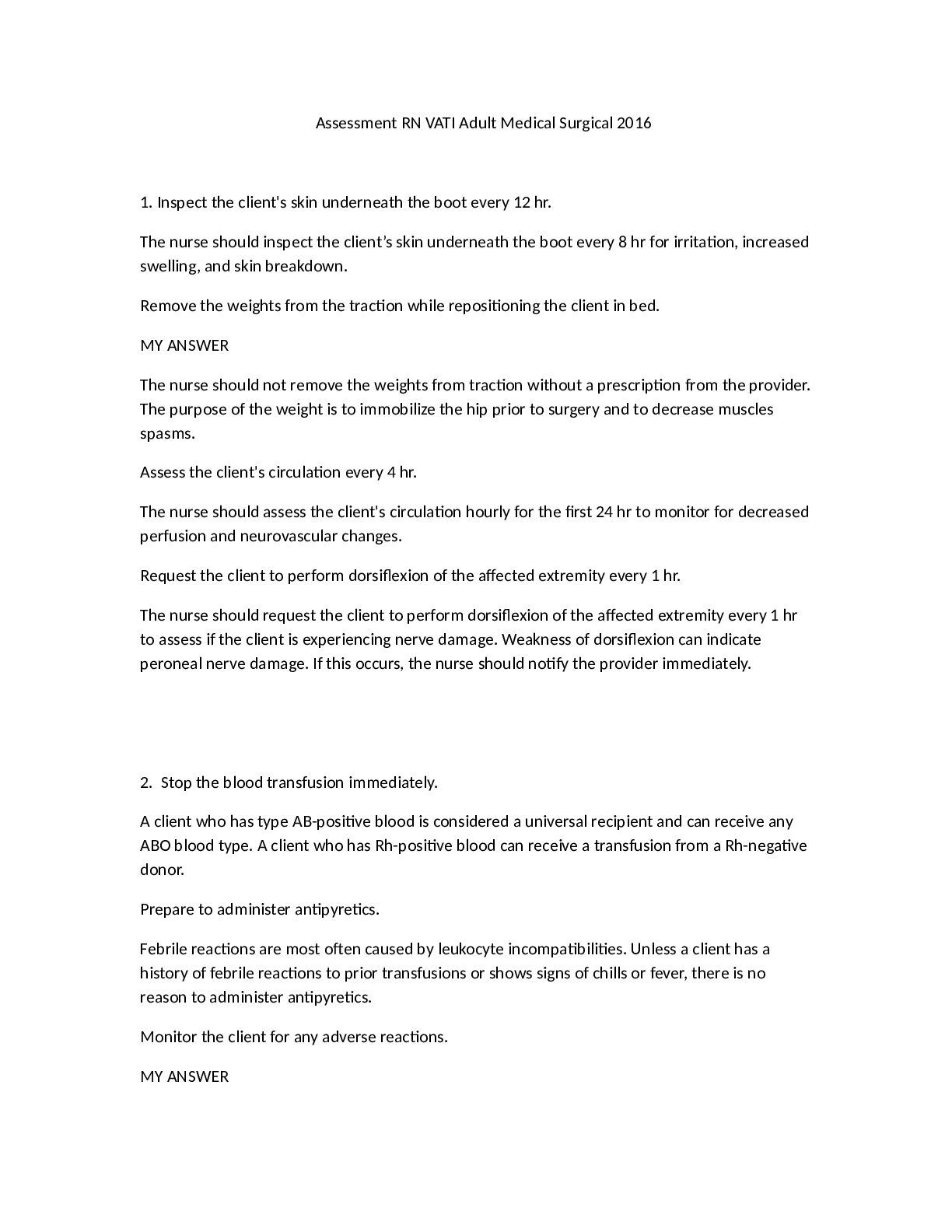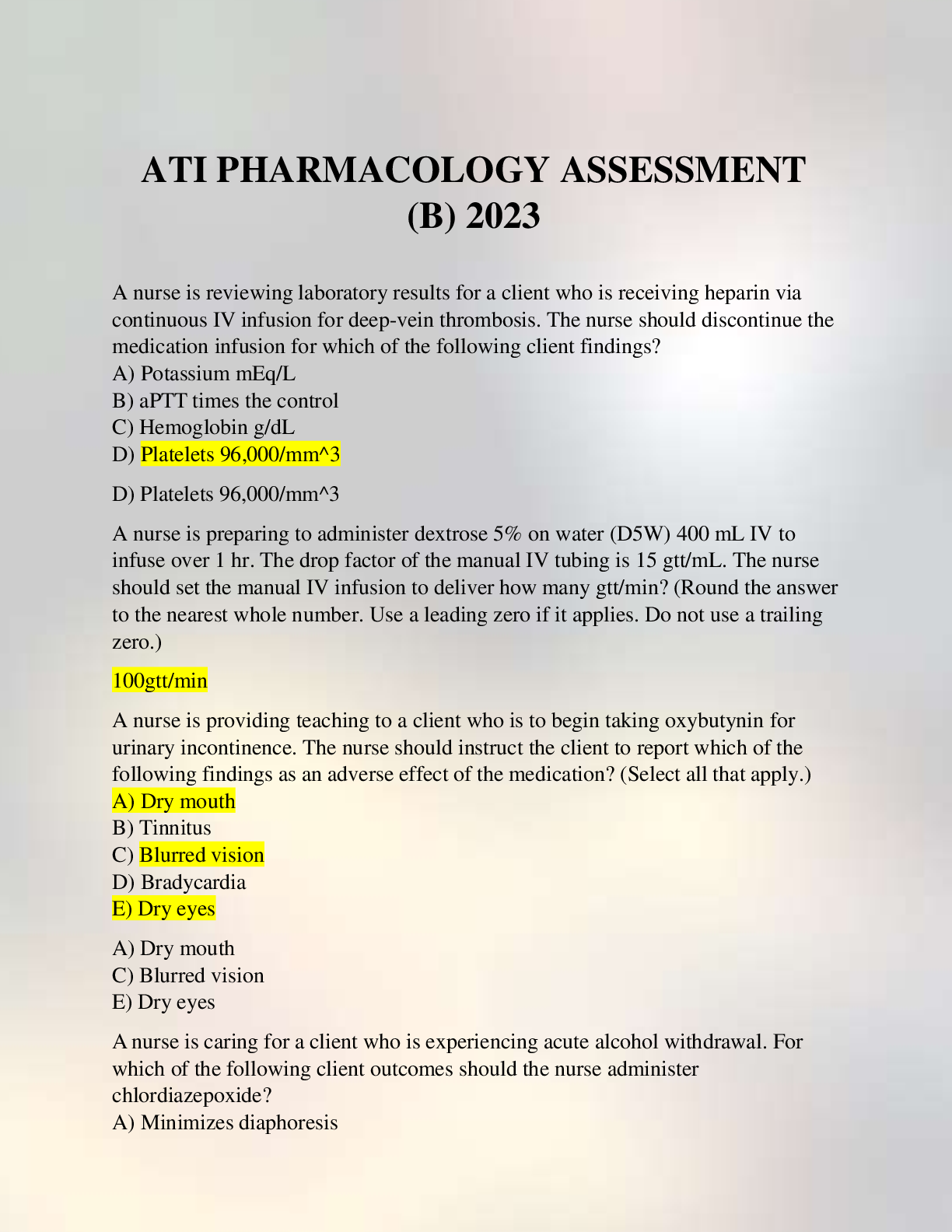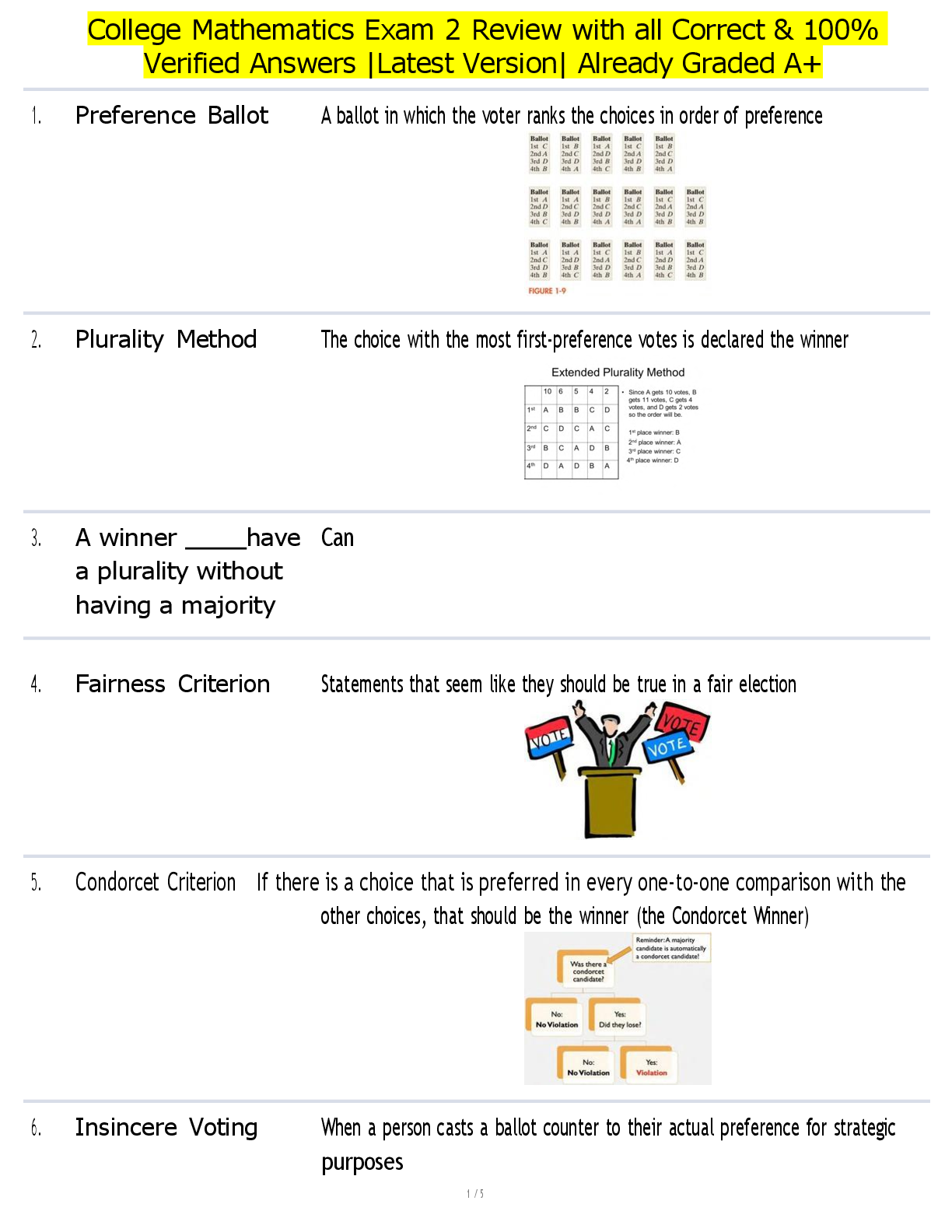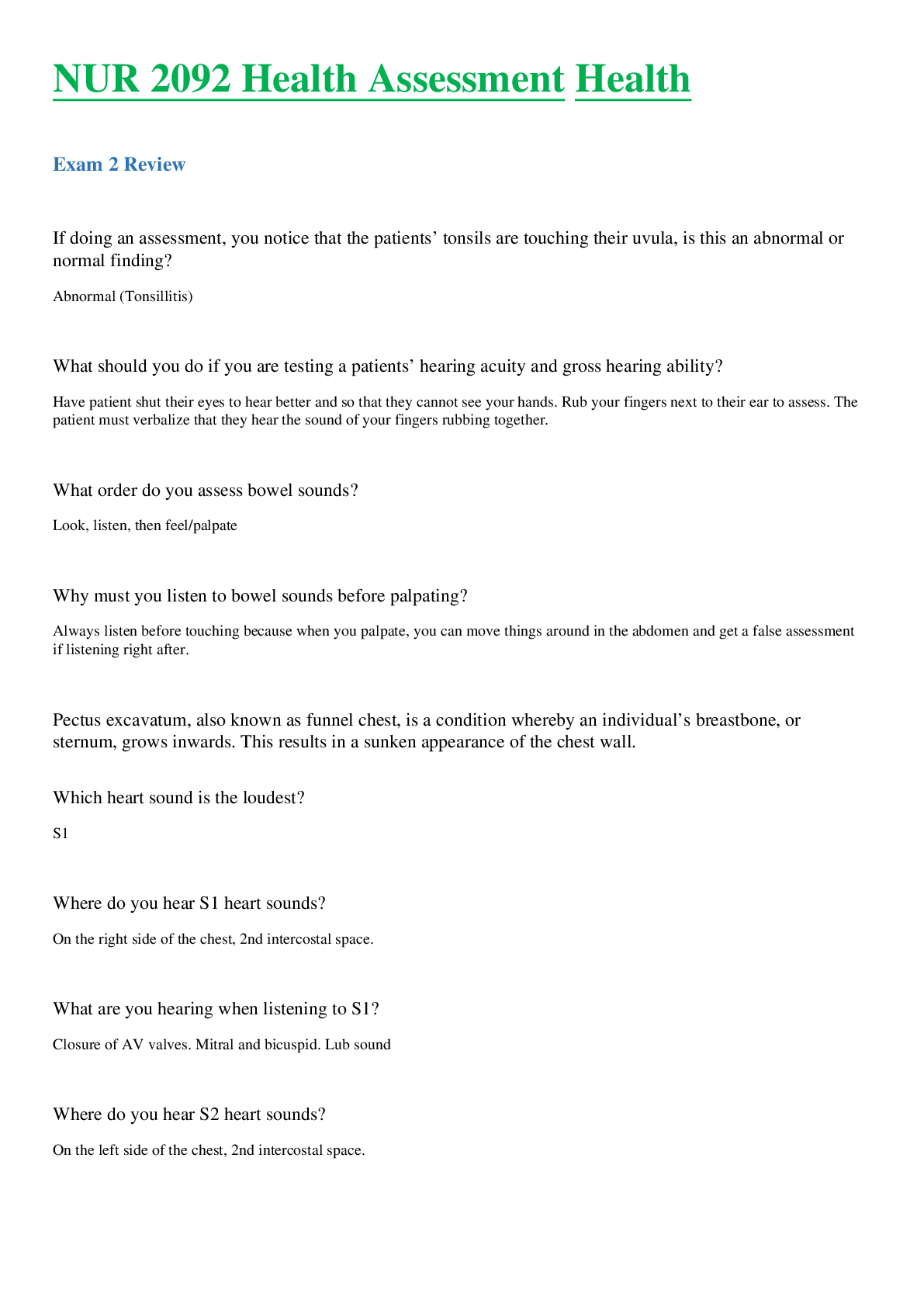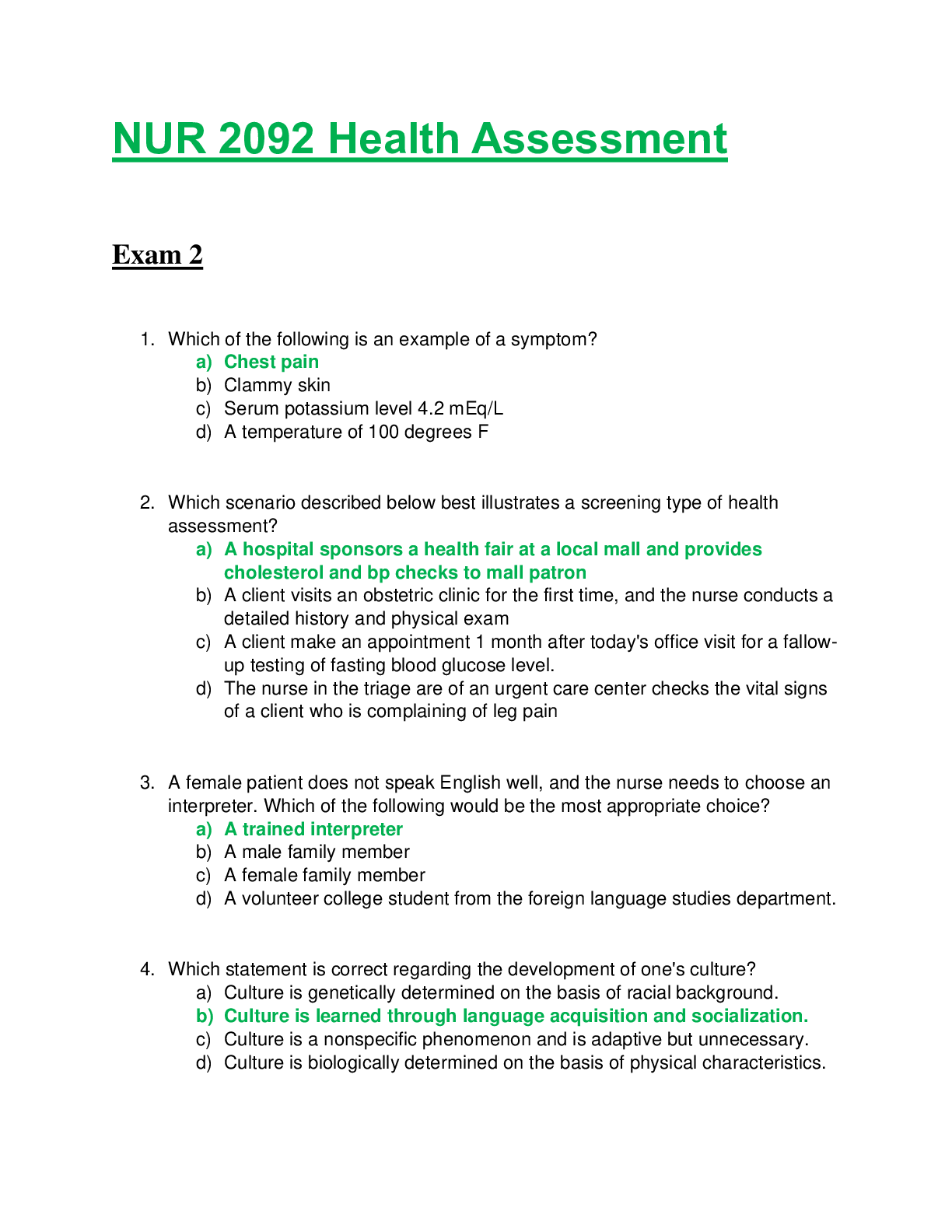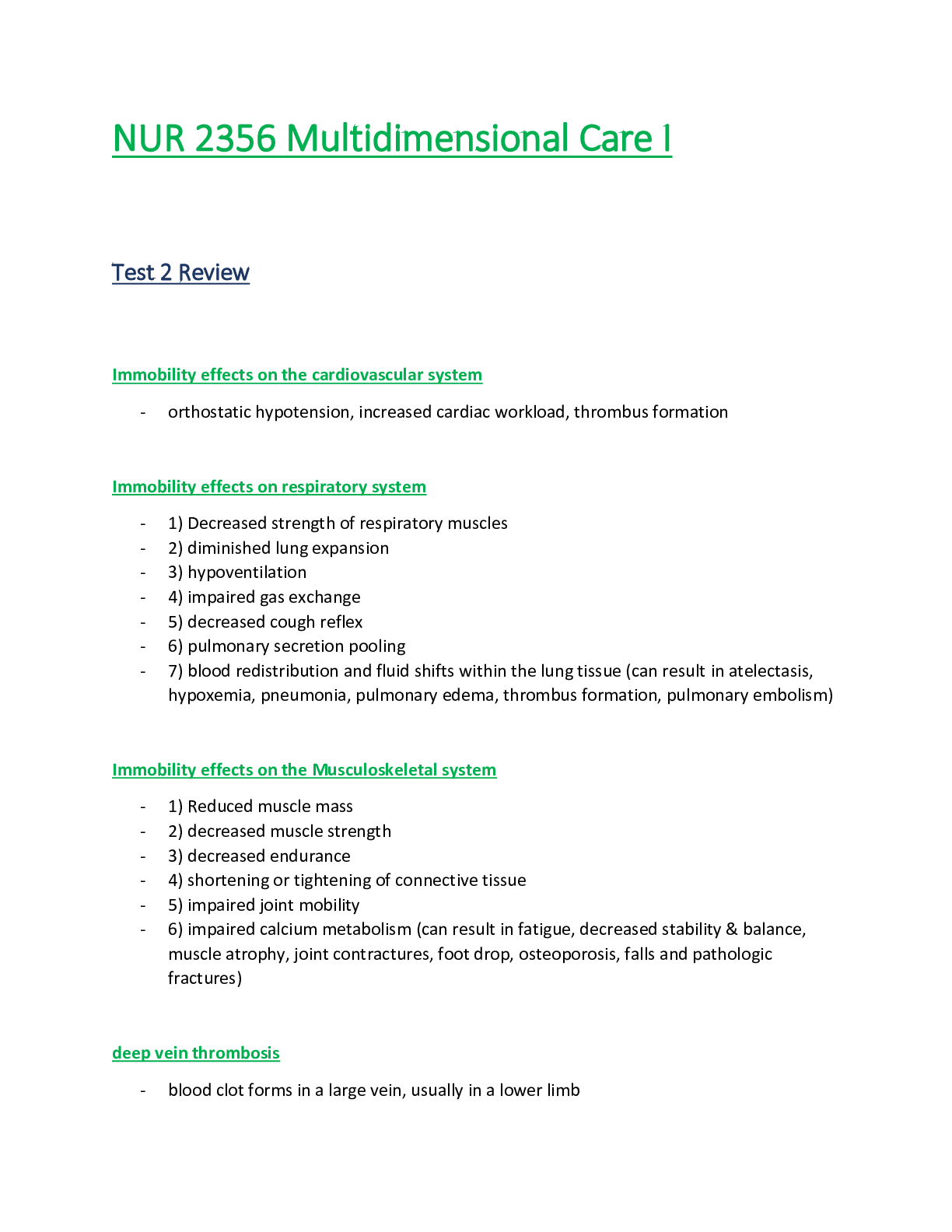
ADVANCE PRACTICE OF THE HISTORY OF INTERVIEWING AND PHYSICAL EXAMINATION STUDY GUIDE, 9th EDITION by SEIDEL, MULTIPLE CHOICE QUESTIONS AND ANSWERS WITH EXPLANATIONS(100% CORRECT)
$ 13
.png)
ACC 557 Quantitative Methods Week 2. Q&A | Strayer University, Washington
$ 8

APEA 3P Exam | 75 All Correct Questions & Answerslatest version 2022
$ 17
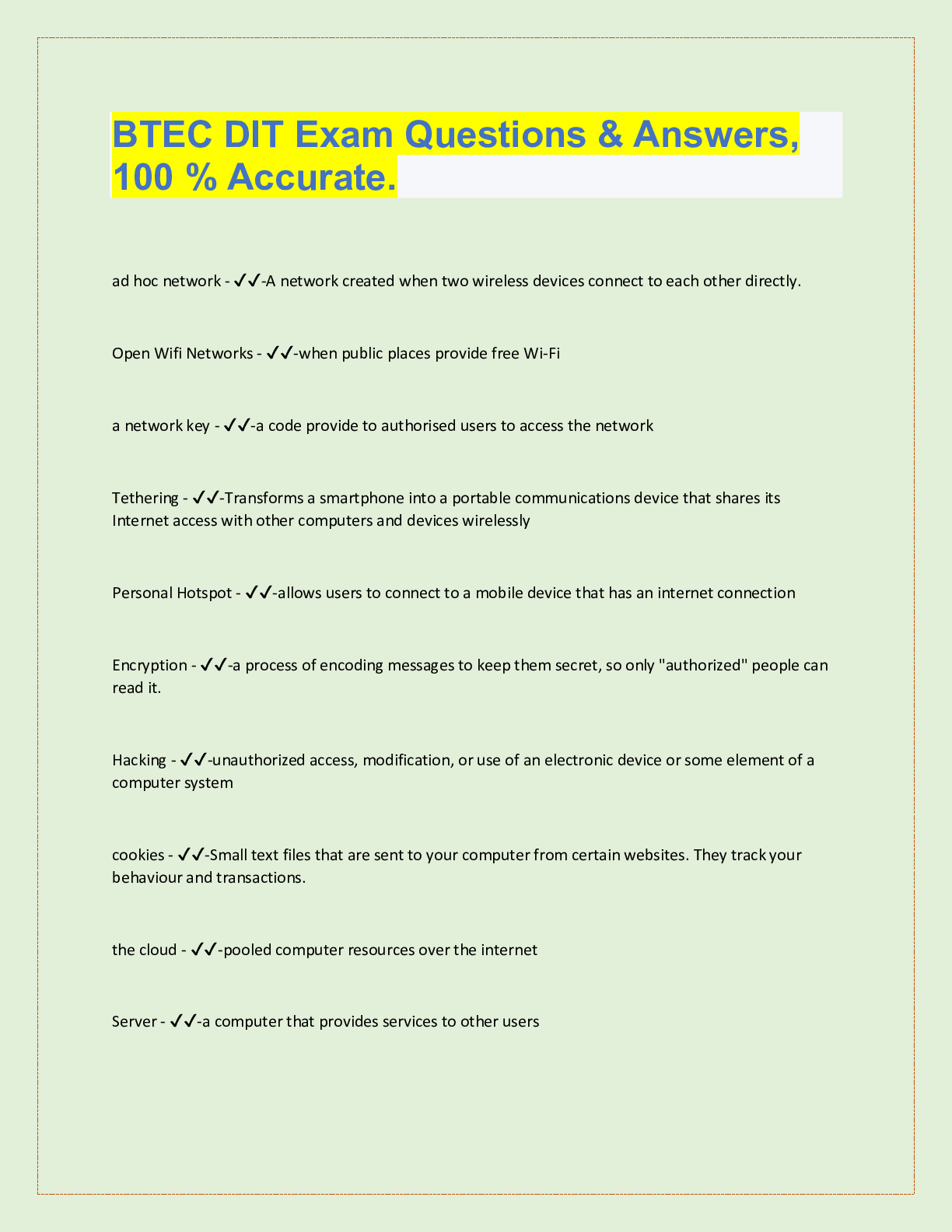
BTEC DIT Exam Questions & Answers, 100 % Accurate.
$ 4

Texas A&M University - CSCE 121main.cpp
$ 7

eBook [PDF] Applications of Biopolymers in Science, Biotechnology, and Engineering 1st Edition By Arunima Reghunadhan, Akhina H., Sabu Thomas
$ 20
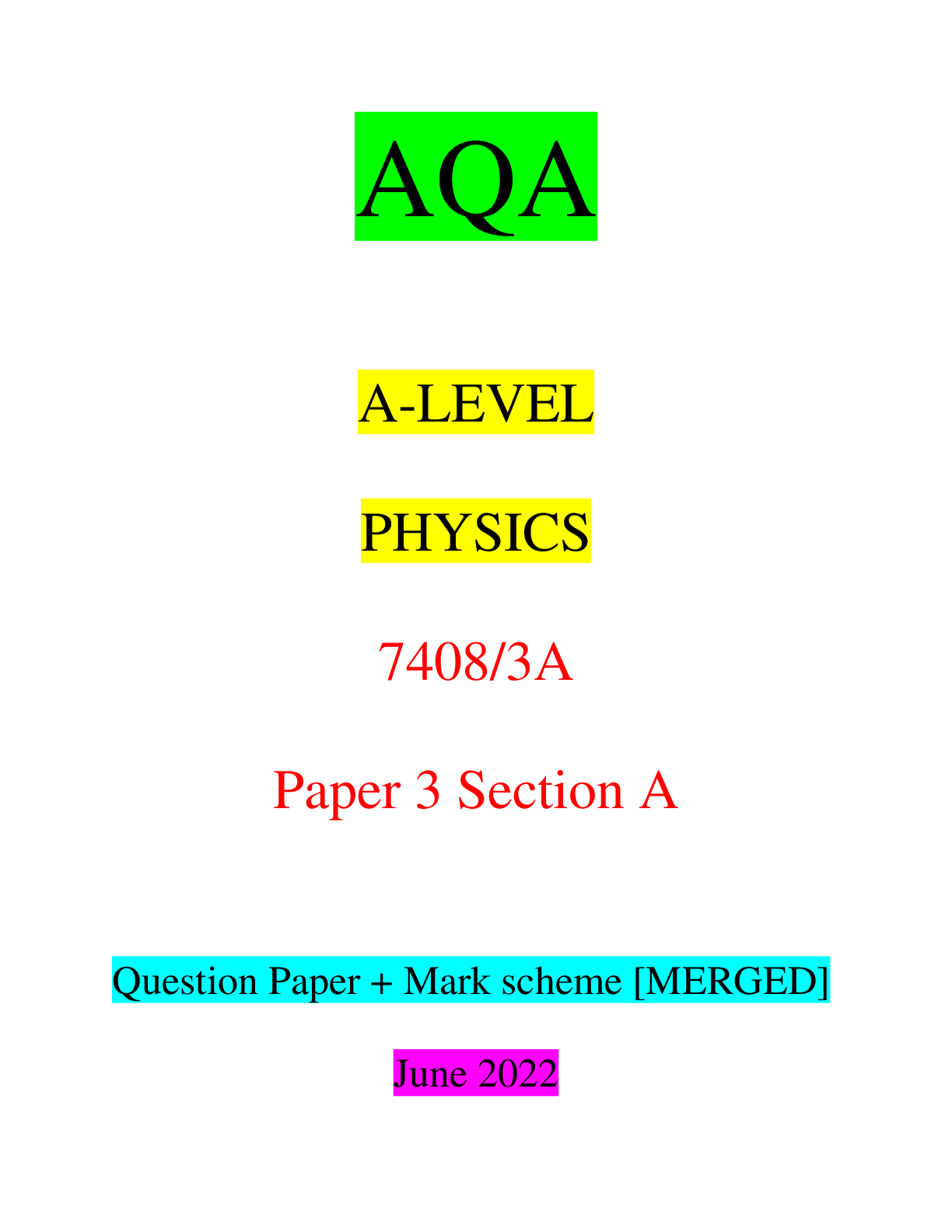
AQA A-LEVEL PHYSICS 7408/3A Paper 3 Section A Question Paper + Mark scheme [MERGED] June 2022
$ 12

NR501 Week 8: Nursing Theory Quiz| NR 501 Week 8 Nursing Theory Quiz (Solutions)
$ 13
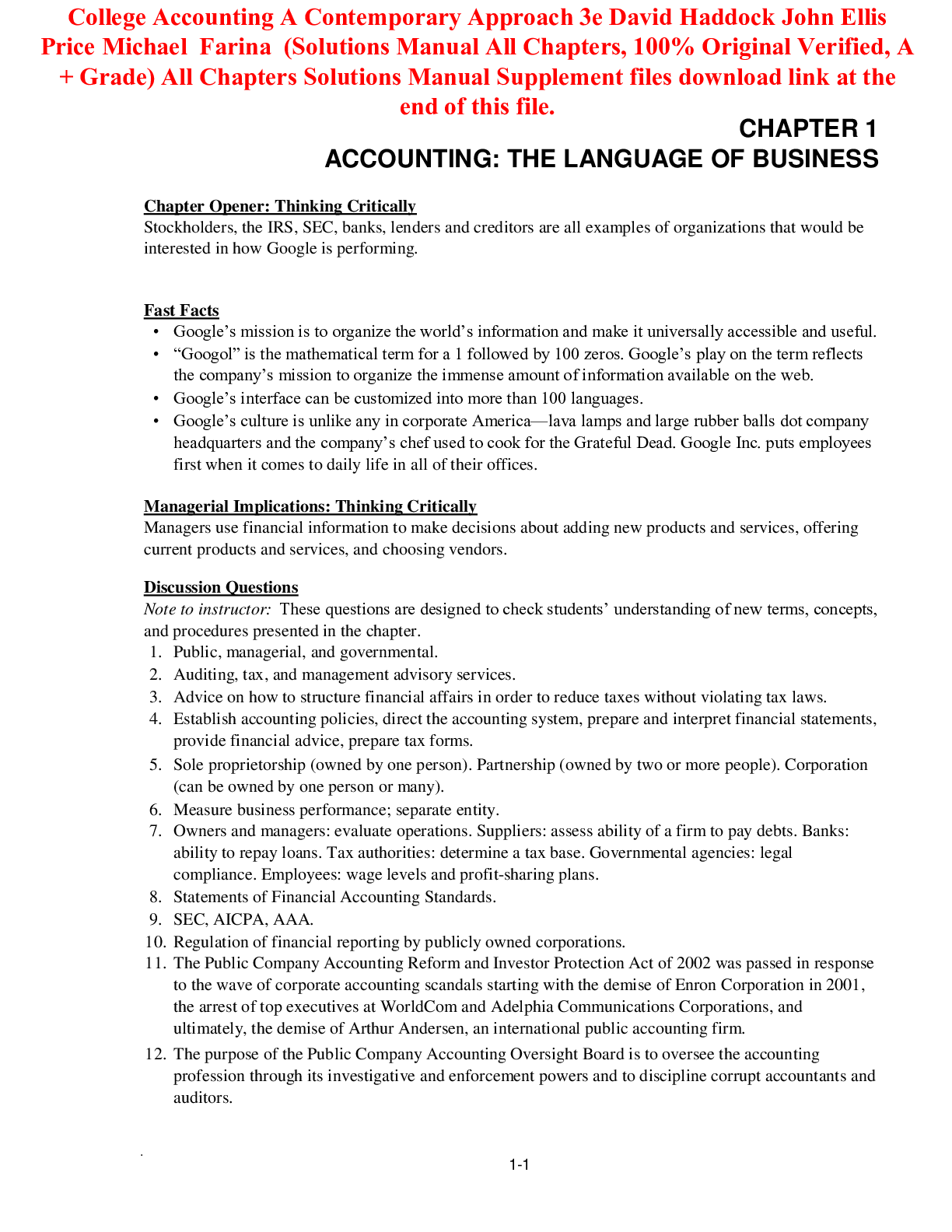
Solutions Manual For College Accounting A Contemporary Approach 3rd Edition By David Haddock John Ellis Price Michael Farina
$ 15
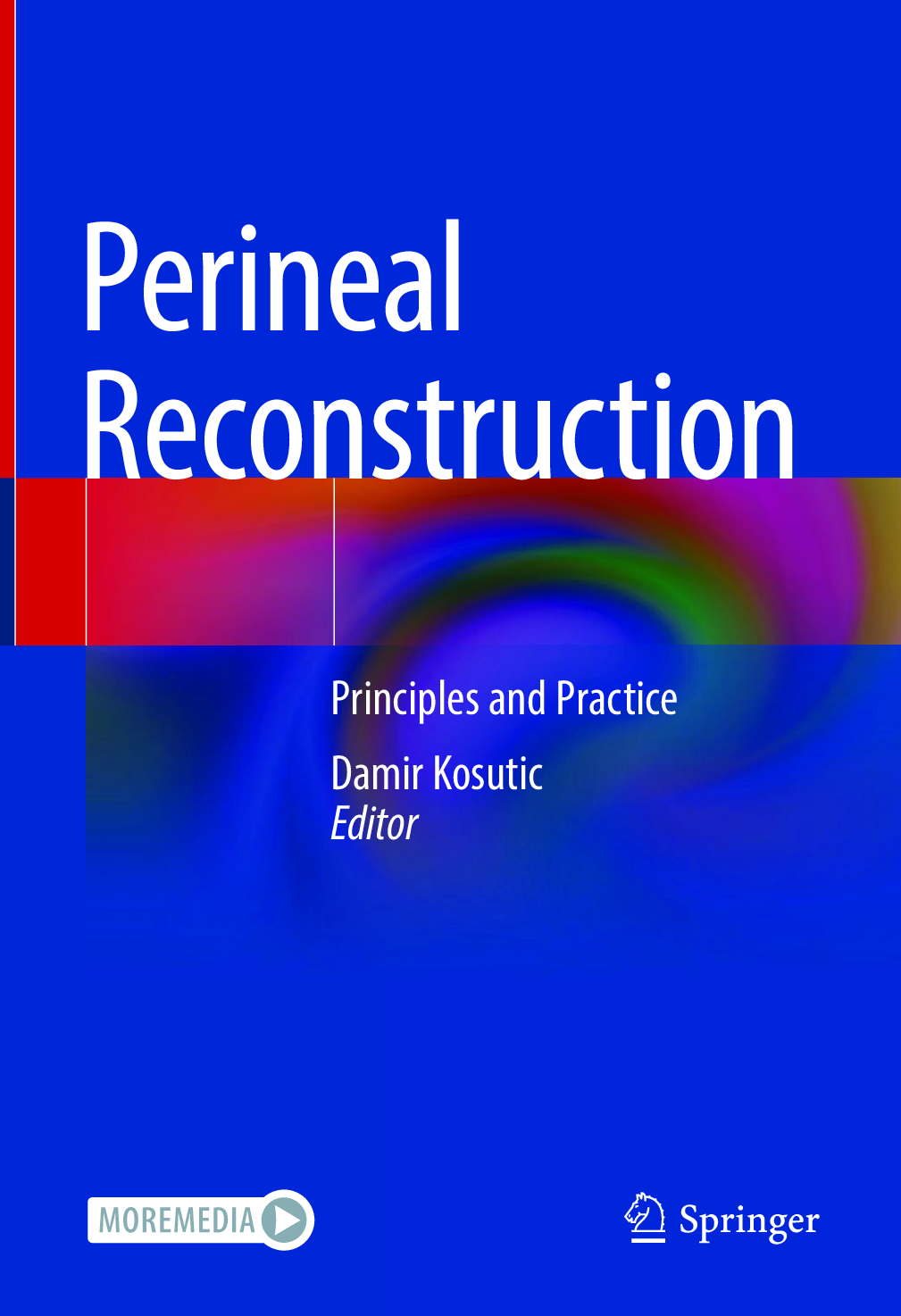
PDF(eBook) Perineal Reconstruction Principles and Practice, Damir Kosutic,1e
$ 25
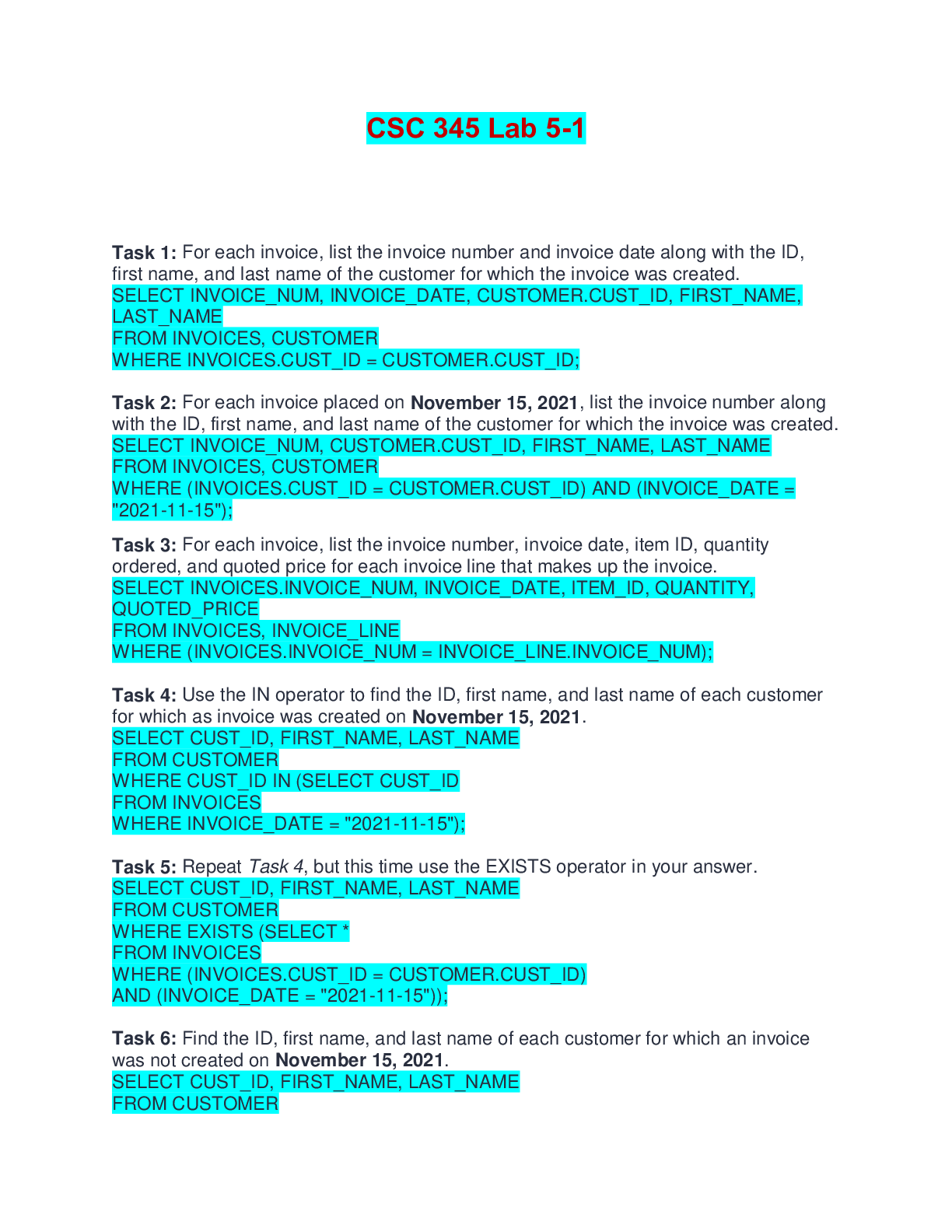
CSC 345 Lab 5-1 Exam | Questions with Verified Answers
$ 10
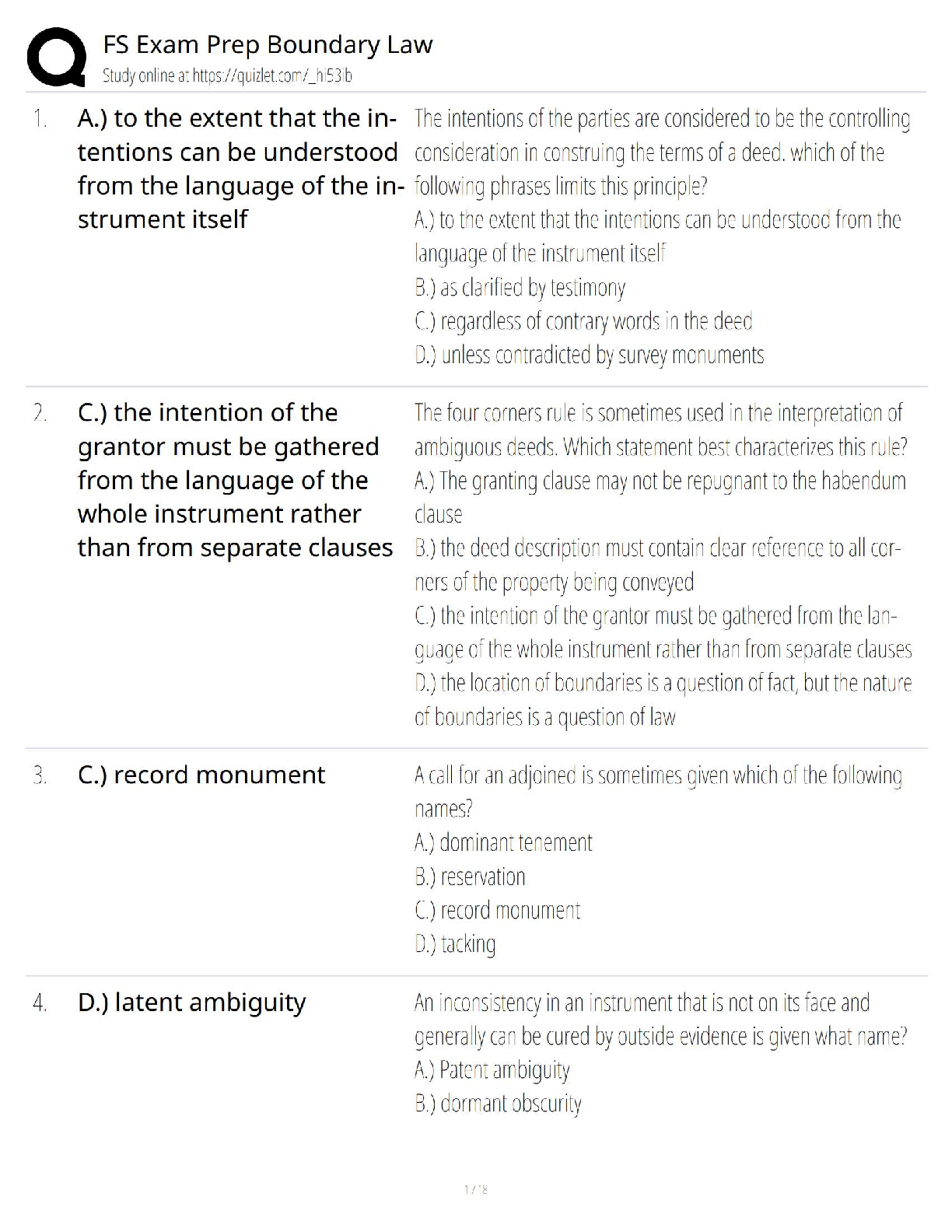
FS Exam Prep Boundary Law / Score 100% / 2025 Update / Study Guide & Practice Questions
$ 8
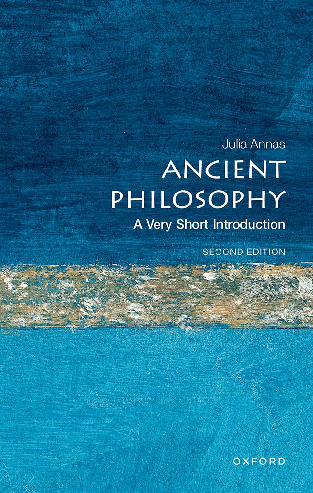
[eTextbook] [PDF] Ancient Philosophy A Very Short Introduction 2nd Edition By Julia Annas
$ 20
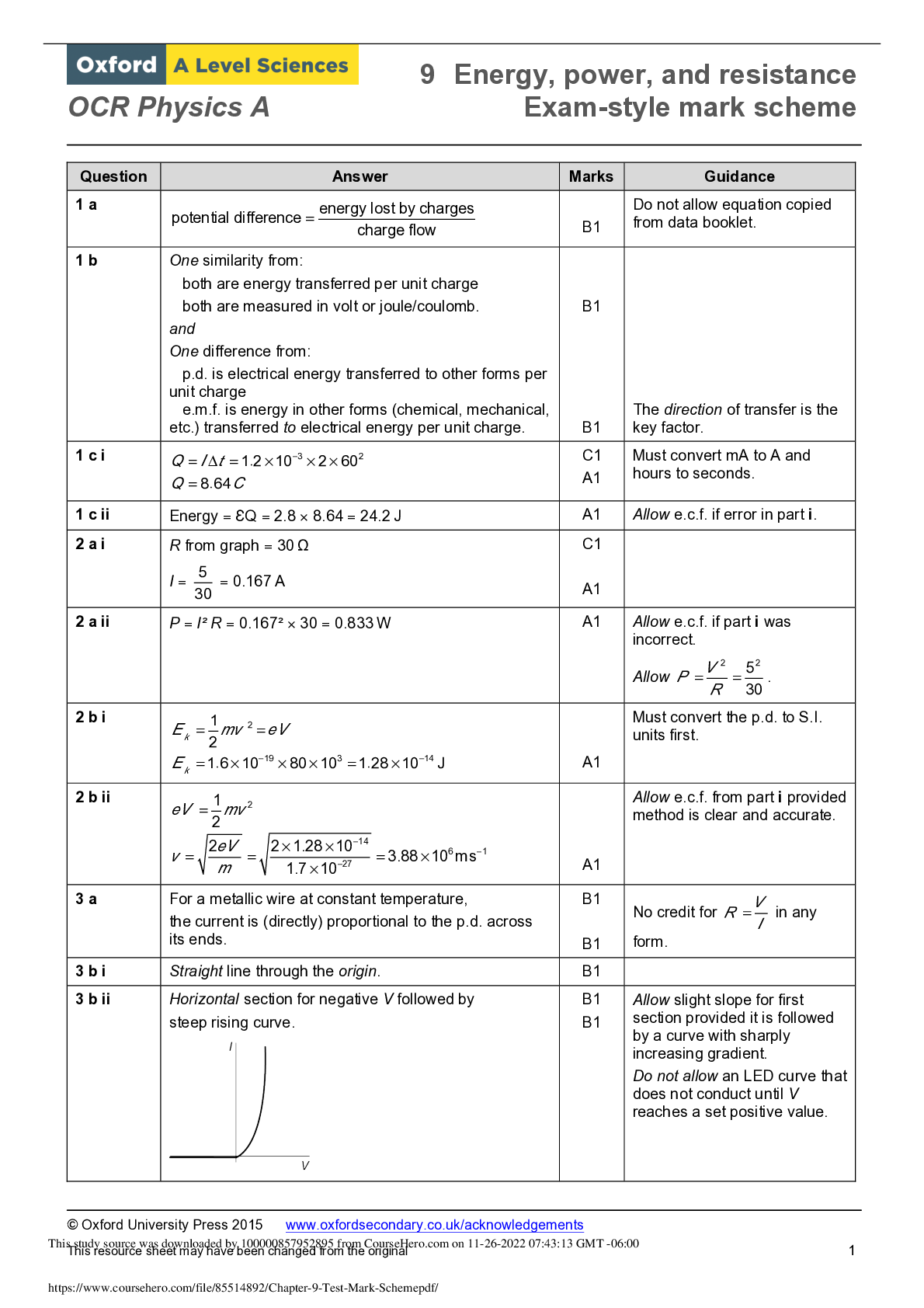
Chapter 9 Test - Mark Scheme Shiblee College of Commerce, Koh-i-Noor Town, Faisalabad PHYS 1
$ 5
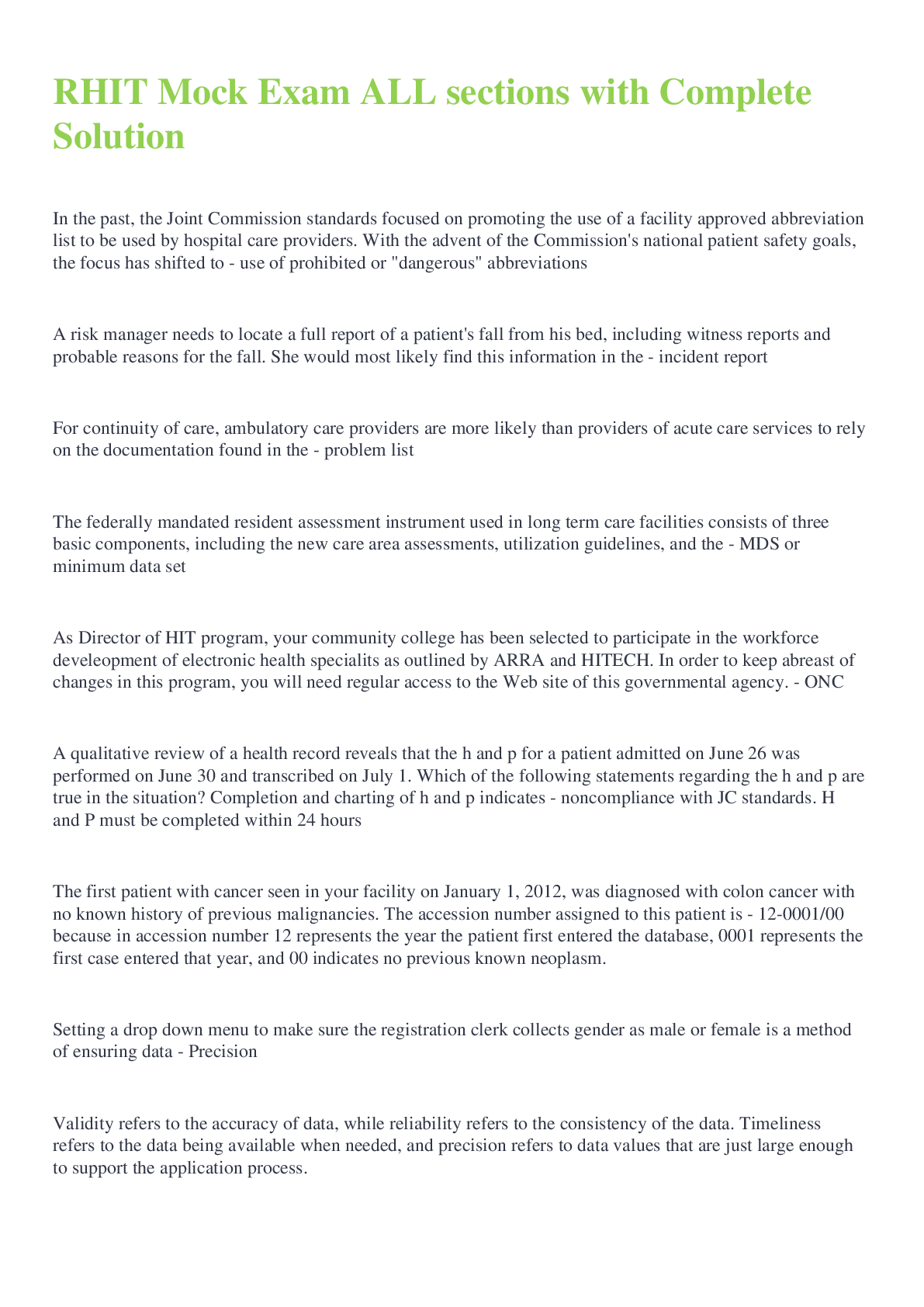
RHIT Mock Exam ALL sections with Complete Solution
$ 8

HESI NCLEX RN FUNDAMENTALS QUESTIONS AND ANSWERS
$ 10

AGNP BOARD EXAM QUESTIONS Respiratory Prescribing Question And Answers( Download To Score An A)
$ 18.5

Pearson Edexcel IAL in A Level History WHI03/1A Paper 3: Thematic Study with Source Evaluation Option 1A: The USA, Independence to Civil War, 1763-1865. Mark Scheme (Results) January 2022
$ 4

BCIS 3610 UNT Exam 2 Gerth
$ 10.5

NRNP 6540 Week 10 Knowledge Check
$ 11.5
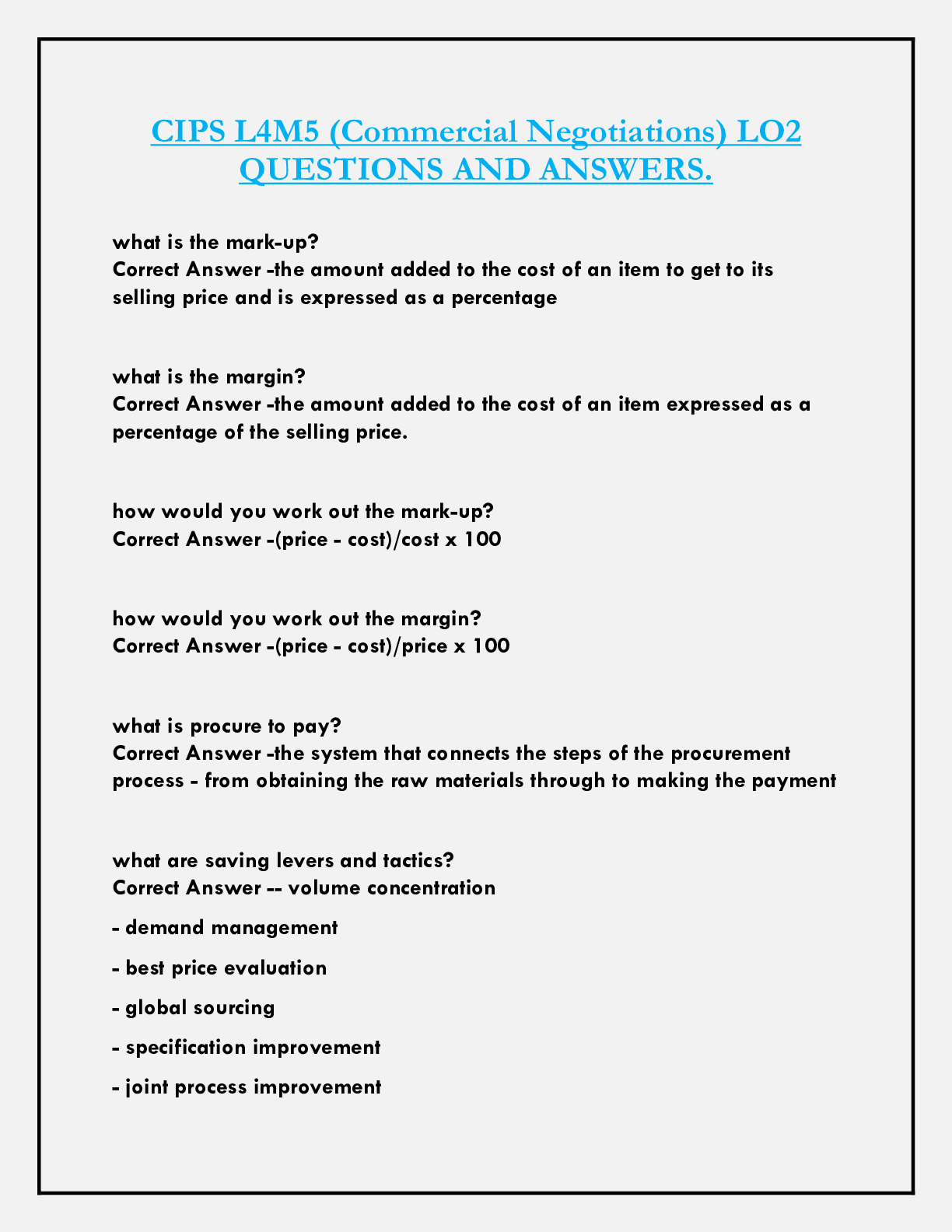
CIPS L4M5 (Commercial Negotiations) LO2 QUESTIONS AND ANSWERS
$ 12

Elsevier NCLEX Cardiovascular EXAM REVIEW QUESTIONS AND ANSWERS 2022/2023
$ 8
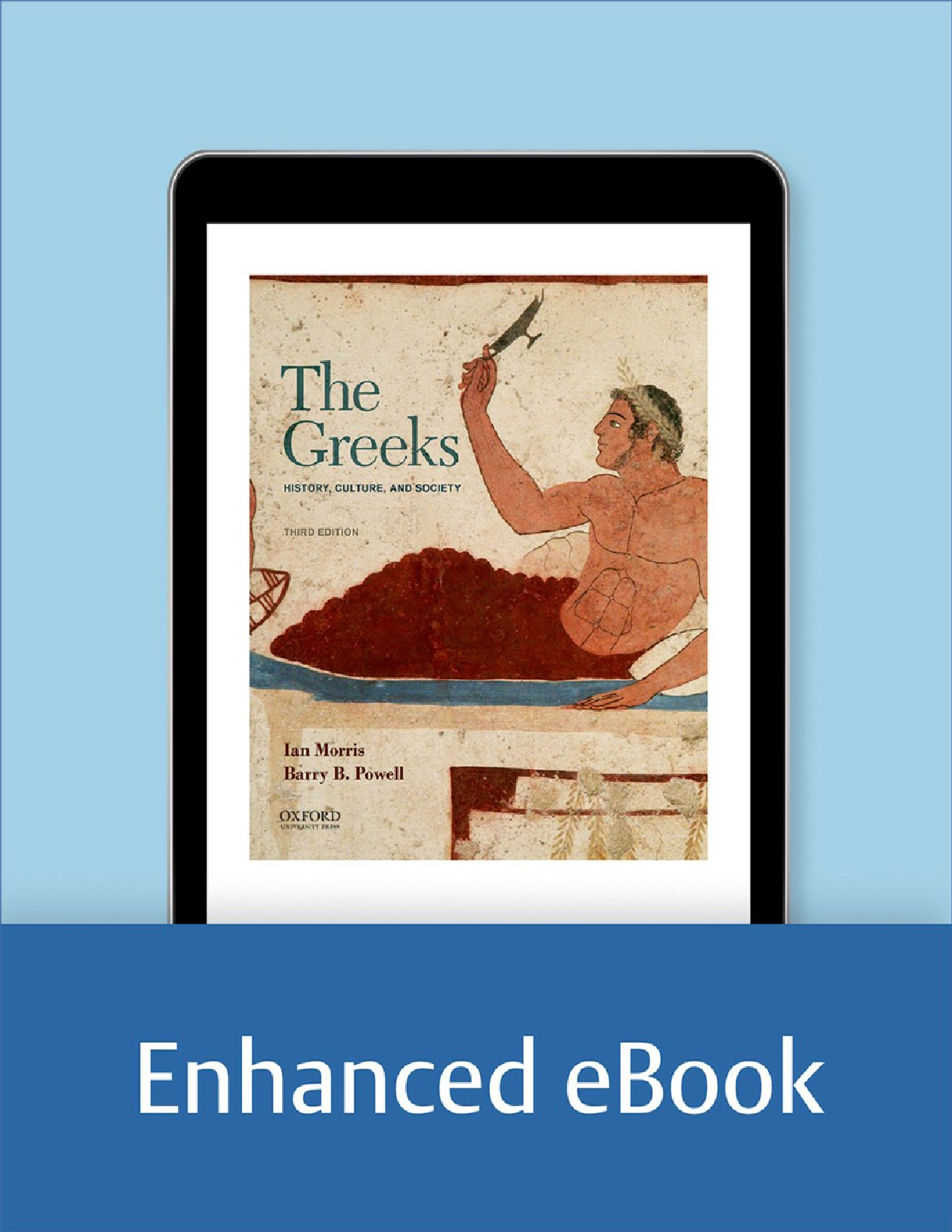
[eBook] (EPUB) [PDF] The Greeks History, Culture, and Society 3rd Edition By Ian Morris, Barry Powell
$ 29
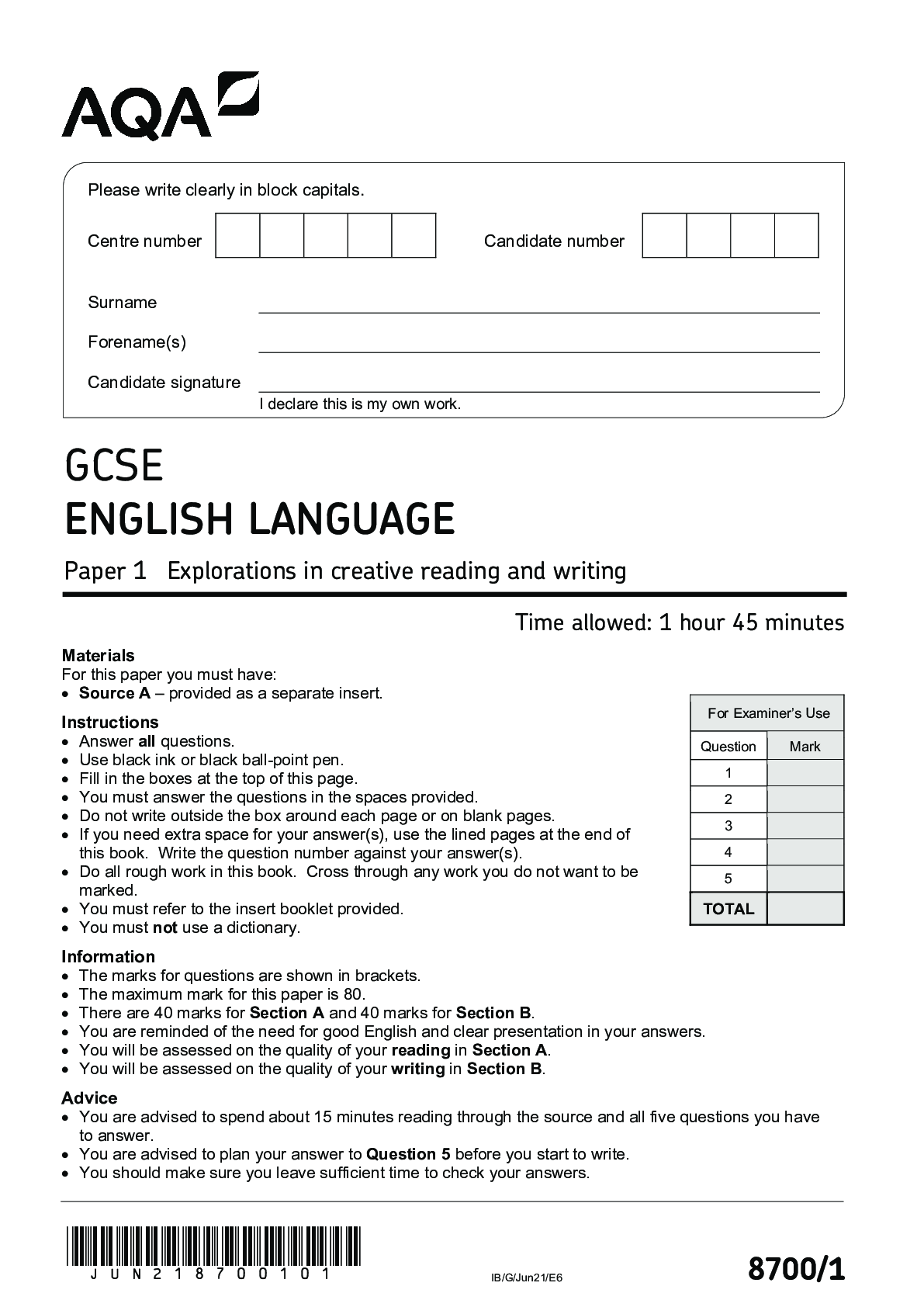
AQA GCSE ENGLISH LANGUAGE Paper 1 Explorations in creative reading and writing 8700/1 Nov21QP
$ 8
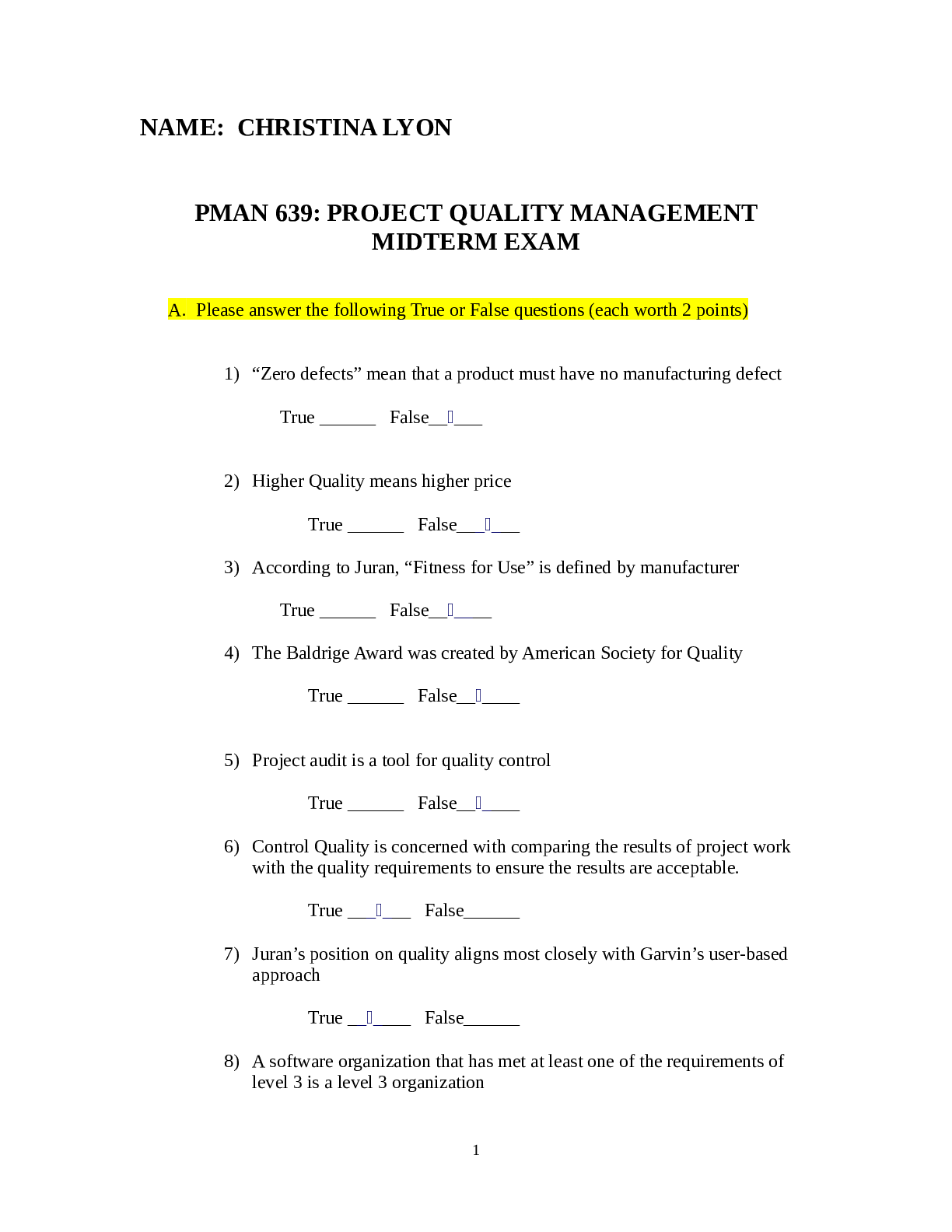
University of Maryland, University College ( PMAN 639) PROJECT QUALITY MANAGEMENT
$ 6

Research Paper > ENGLISH 122.1.9 Write. "The Monk's Tale" A balanced description of a written work's most important parts and detailed analysis.
$ 4

Assignment Unit 14 added below: ALL ANSWERS 100% CORRECT AID GRADE ‘A’
$ 30
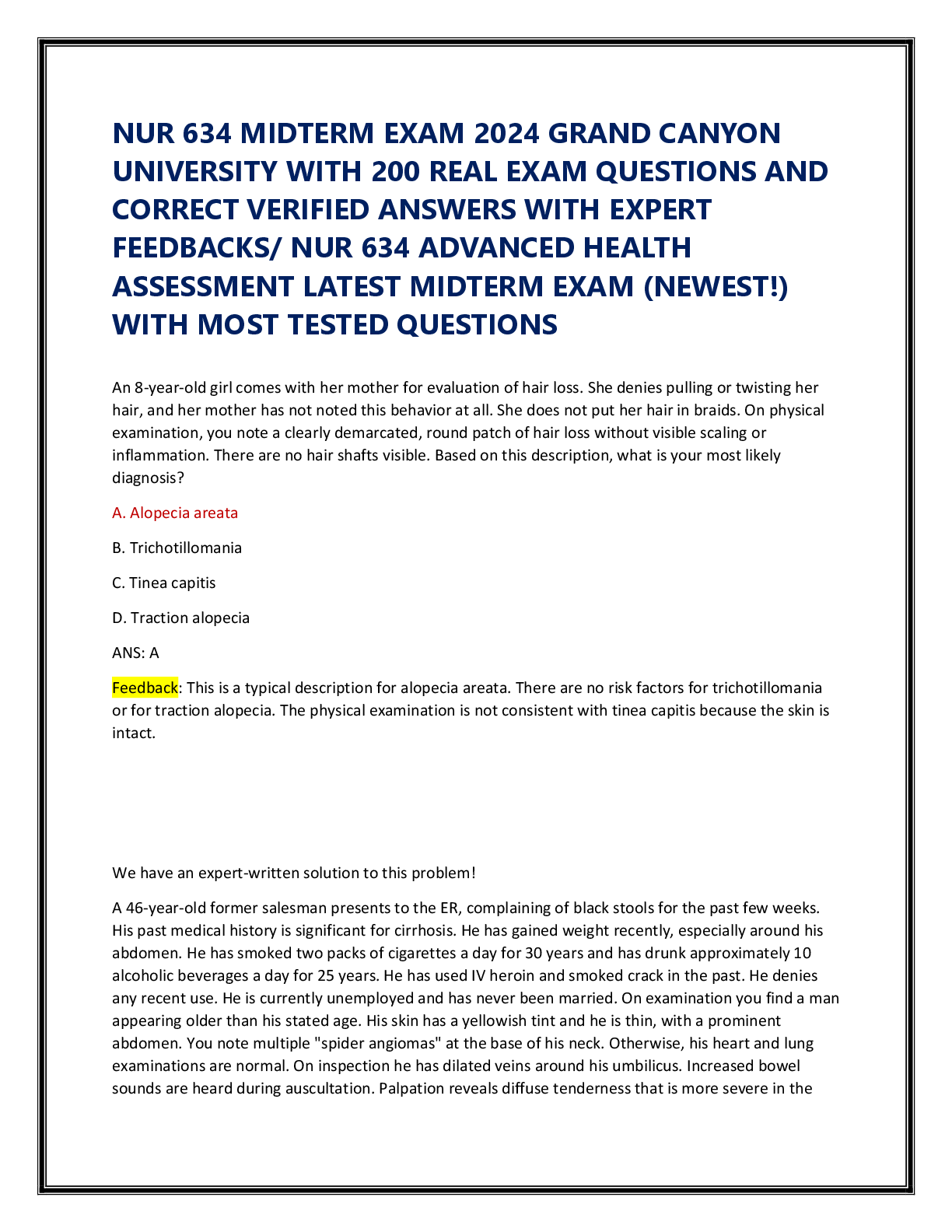
NUR 634 MIDTERM EXAM 2024 GRAND CANYON UNIVERSITY WITH 200 REAL EXAM QUESTIONS AND CORRECT VERIFIED ANSWERS WITH EXPERT FEEDBACKS/ NUR 634 ADVANCED HEALTH ASSESSMENT LATEST MIDTERM EXAM (NEWEST!) WITH MOST TESTED QUESTIONS
$ 30
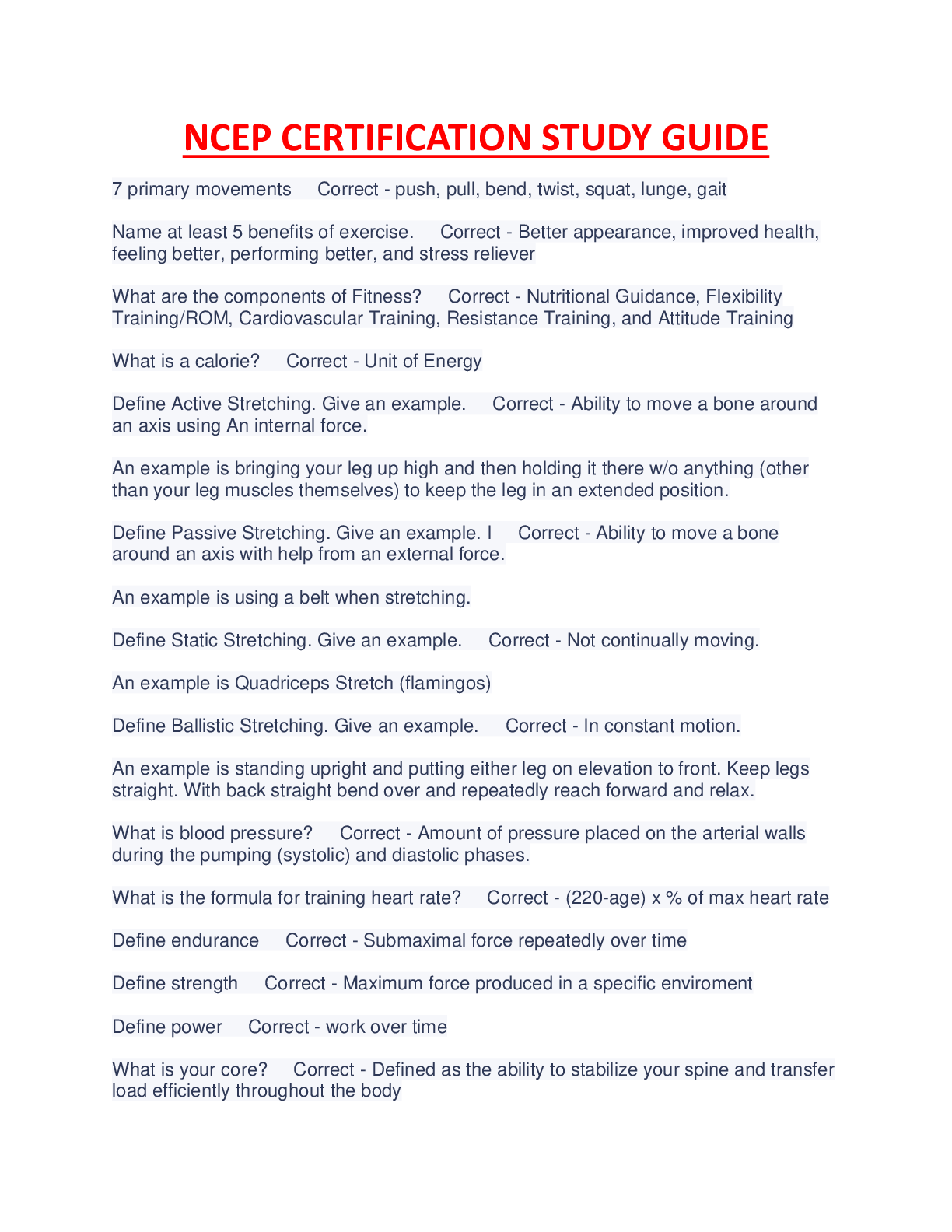
NCEP CERTIFICATION STUDY GUIDE COMPLETE GUIDE RATED A.
$ 11
.png)
PALS PreTest Questions and Answers Latest Updated 2022 Graded A+
$ 4
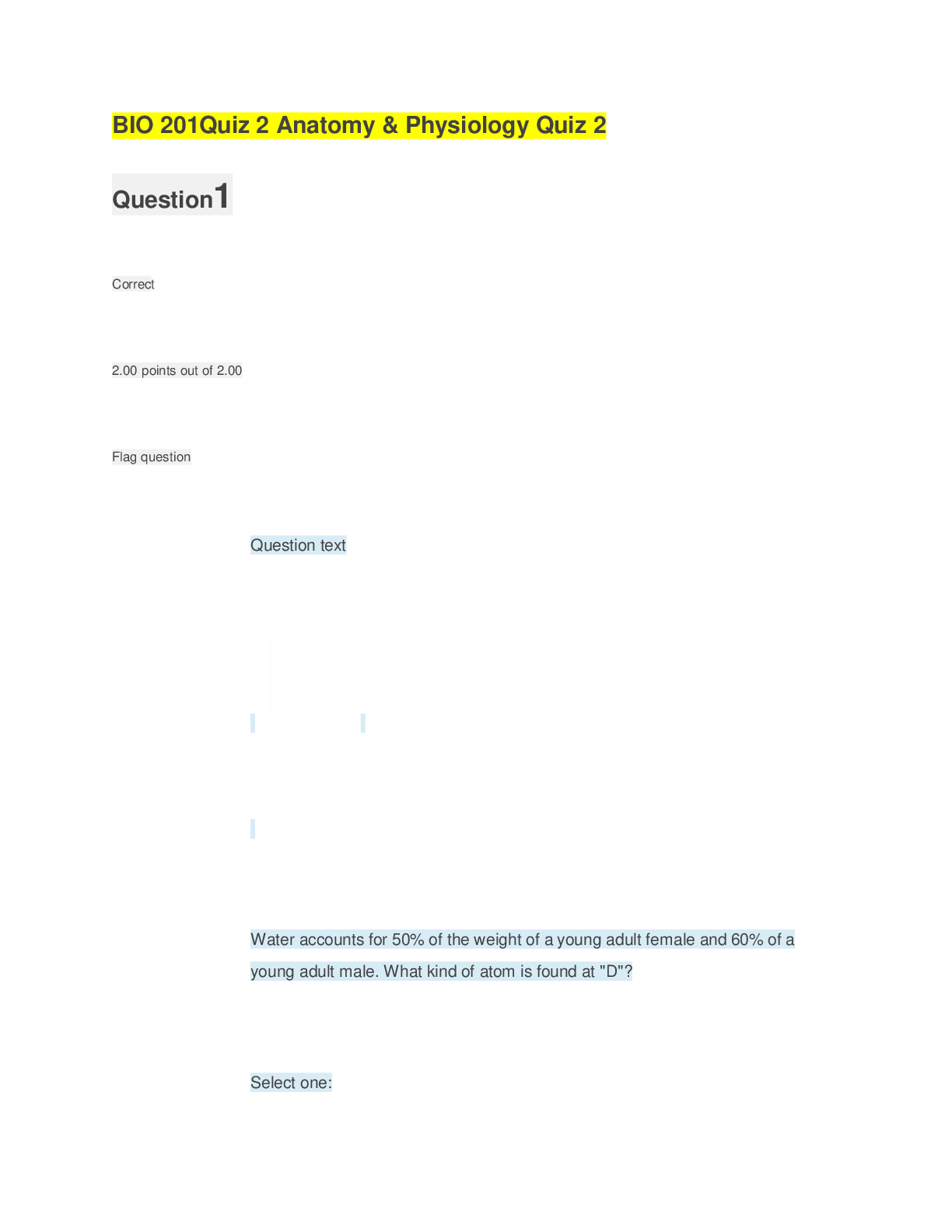
BIO 201Quiz 2 Anatomy & Physiology Quiz 2 (GRADED A) Questions and Answer elaborations | 100% Correct Solutions
$ 16

Walden University - NURS 6512 Question and Answers with Explanations (Latest 2021) 100% Correct Study Guide, Download to Score A
$ 12

Test Bank - Lehninger Principles of Biochemistry, 7th Edition (Nelson, 2022), Chapter 1-28 | All Chapters
$ 11

Integrated Physical Sciences - WGU C165. Questions with accurate answers, rated A+
$ 8

NCLEX Test Taking Strategy Questions and Answers with Rationale | Study Guide
$ 15
.png)
Pearson Edexcel Level 3 GCE 8FM0/25 2022 Further Mathematics Advanced Subsidiary Further Mathematics options 25: Further Mechanics 1 (Part of options C, E, H and J)
$ 10
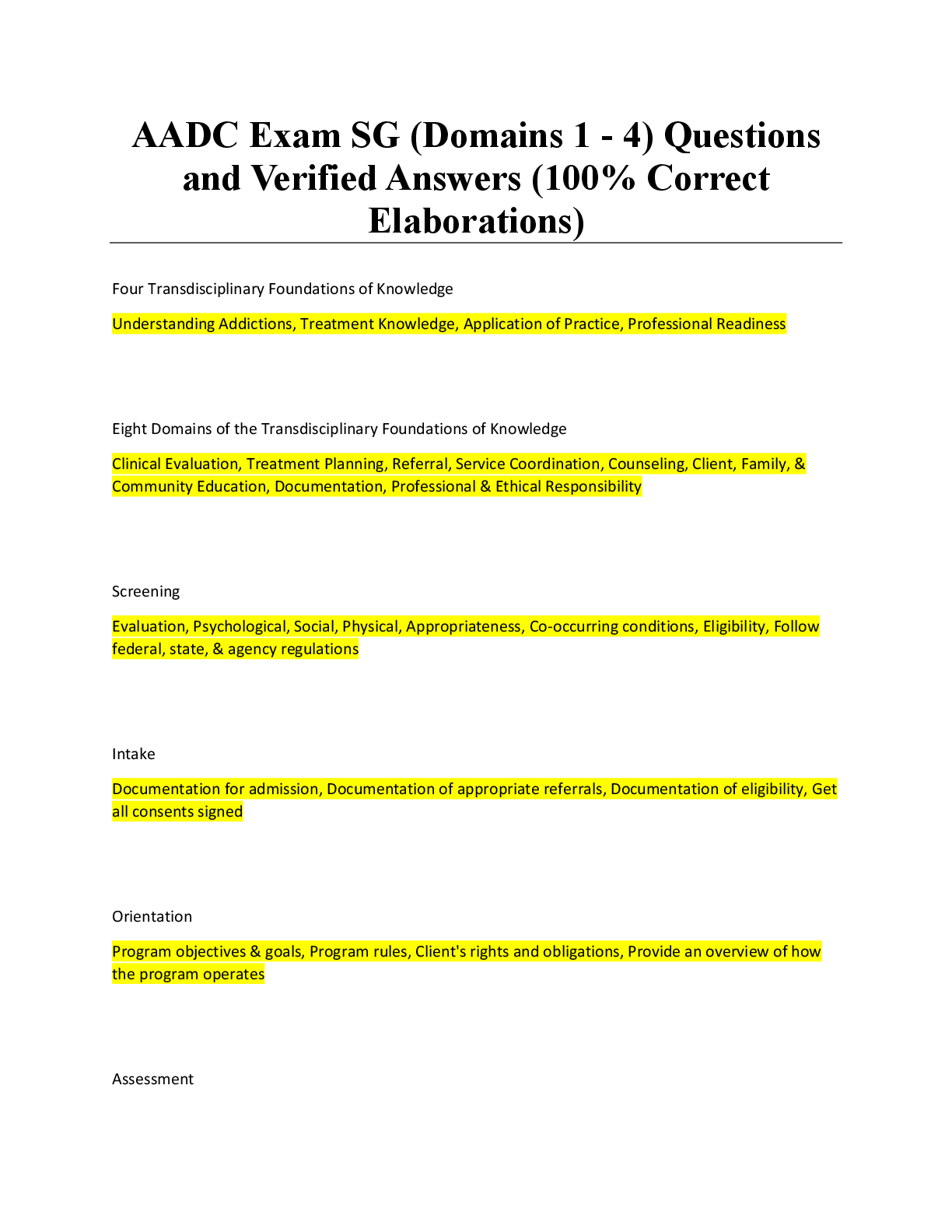
AADC Exam SG (Domains 1 - 4) Questions and Verified Answers (100% Correct Elaborations)






